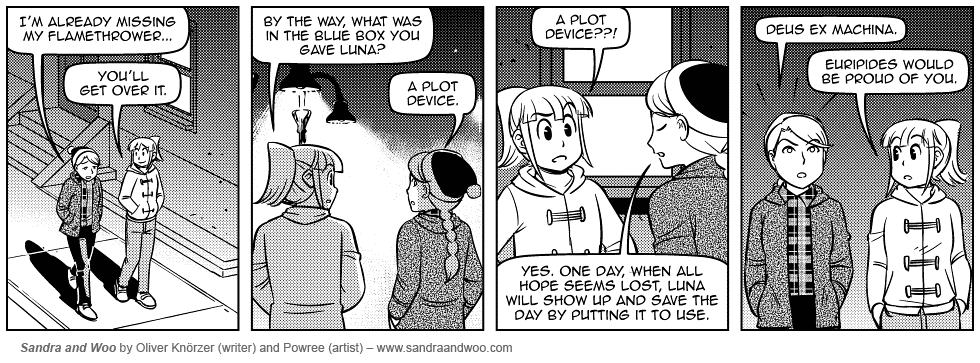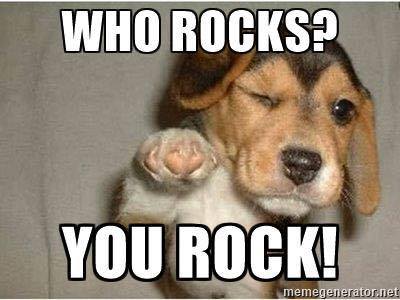ALL WORK SHOULD HAVE AN MLA HEADING ON IT UNLESS OTHERWISE INSTRUCTED!
Work that lacks a name gets zero credit
Work that lacks a heading will suffer a point loss.
HOW TO WRITE AN MLA HEADING
On the TOP LEFT corner of the first page of the assignment,
NAME (first AND last)
Teacher's Name (Mr. Tuttle)
Subject and Period # (US HISTORY I or II Period ___)
DATE
( If Relevant Put a Title Centered Here.)
How to Create an In-Text Citation.
Use a "lead in" to introduce the quoting or paraphrasing of someone else's ideas.Then, in parentheses, put the authors last name and the page number
Example (Foot 345).
A better example: As Historian Shelby Foote explains... , or In Shelby Foote's book Shiloh, the author discusses General Lee's feelings about leading the Confederate Army. Lee states... (Foote 456).
The period of the sentence goes AFTER the parenthetical citation.
HOW TO PREPARE A CURRENT EVENTS ASSIGNMENT
MLA heading...
Write ONE Paragraph explaining the event. Who did what where, when why...
Cite your article using MLA (see above).
Write a SECOND Paragraph that explains a connection to something we studied in class.
Write the full citation at the end of the assignment.
THAT IS ALL- You do not need to print the article and you should not give your opinion.
A current events assignment is worth 25 points.
5- MLA Heading
5- 1st paragraph explaining the event
5-intext citation of your news source
5- Connection to classwork
5- Full MLA Citation
HOW TO USE EVIDENCE TO SUPPORT A POINT
Start by describing what the evidence is; is it a speech, book, essay? Who wrote it? To whom?
Next, explain what it says and evaluate its historical value.
Finally, tell how it supports (or refutes) the point you are trying to make.
HOW TO WRITE YOUR FIRST QUARTER PAPER
Start with your THESIS. A thesis is the main argument of your paper. In this case,you want to say in your own words, that while many people believe the American Revolution began in the 1770's, it Actually began in the hearts and minds of the colonists LONG before the War began. Tell your reader how you are going to support this statement. Tell them that you will analyze three actions of the British Government and what documents you will use to support your argument.
Next, explain the Proclamation of 1763. What was the history behind it? Tell about Pontiac's Rebellion and the perceived need to separate the colonists and Native Americans. Is there an excerpt from the Proclamation that is a particularly good representation of its meaning?
How did the colonists react to the Proclamation? How do you know this? Describe George Washington's letter to William Crawford. What is it about Washington's letter that makes you think it is representative of people in the colonies? Give and excerpt from the letter that supports your analysis. Finally, write a sentence or two that ties all the information about the Proclamation to your thesis.
Now, explain the Sugar Act. What kind of tax was it, Direct or indirect? Whats the difference? Who is most upset by an indirect tax? Why? SIGNAL to your reader (and your teacher, who grades the paper) that you are going to provide an historical example with a phrase like " as evidence of this..." Tell about Samuel Adam's Report to the Massachusetts Legislature. Give an excerpt that brings it to life. explain what the real and philosophical reasons of Sam Adam's objections. And of course, tie all your information about the Sugar Act to your thesis.
Explain the Stamp Act. Is it a direct or indirect Tax and who is affected most by it. What is the reaction of the average colonist in the street (literally). What Evidence do you have to prove this? Introduce your reader to Hinshelwood's letter.
describe the letter and give an excerpt. How does this support your idea that the Revolution began long before he War started?
Finally, you need to conclude by tying all of your ideas together. Bring us back to your thesis, but don't restate it. Don't bring in any more evidence in your conclusion. Just discuss what you've shown the reader and what it all means.
Don't forget a works cited page that has the full information for your in text citations. Using an online station generator is the easiest way to get this done.
YOU'RE DONE!!!
What about Footnotes?
In my class, footnotes are optional. They would be used if you have information that you would like to share with your reader, but the information doesn't work in the paper or doesn't directly support the thesis.
How to write an essay for a Document-Based Question
There will be one document-based question on the AP exam. The document-based question will have one of the following historical thinking skills as its main focus: causation, change and continuity over time, comparison, interpretation, or periodization.
All document-based questions will also always assess the historical thinking skills of historical argumentation, appropriate use of relevant historical evidence, contextualization, and synthesis.
You are advised to spend 15 minutes planning and 45 minutes writing your answer. One important piece of advice: READ THE DOCUMENTS! Don't just skim them over. This is why developing yourself as a READER is important.
As you read, jot down a few notes like the document number, title, author, main idea, time period and inferences you drew.
In your response you should do the following:
ANSWER THE QUESTION-
State a relevant thesis that directly addresses all parts of the question.
Support the thesis or a relevant argument that draws from all but one, of the documents.
Incorporate analysis of all, or all but one, of the documents into your argument.
Focus your analysis of each document on at least one of the following: intended audience, purpose, historical context, and/or point of view.
Support your argument with analysis of historical examples outside the documents.
Connect historical phenomena relevant to your argument to broader events or processes.
Synthesize the elements above into a persuasive essay.
Comparative Essay Handout
|
Your browser does not support viewing this document. Click here to download the document.
|
| ||||||
Your browser does not support viewing this document. Click here to download the document.
| how_to_do_a_dbq_or_rst.pptx | |
| File Size: | 691 kb |
| File Type: | pptx |



